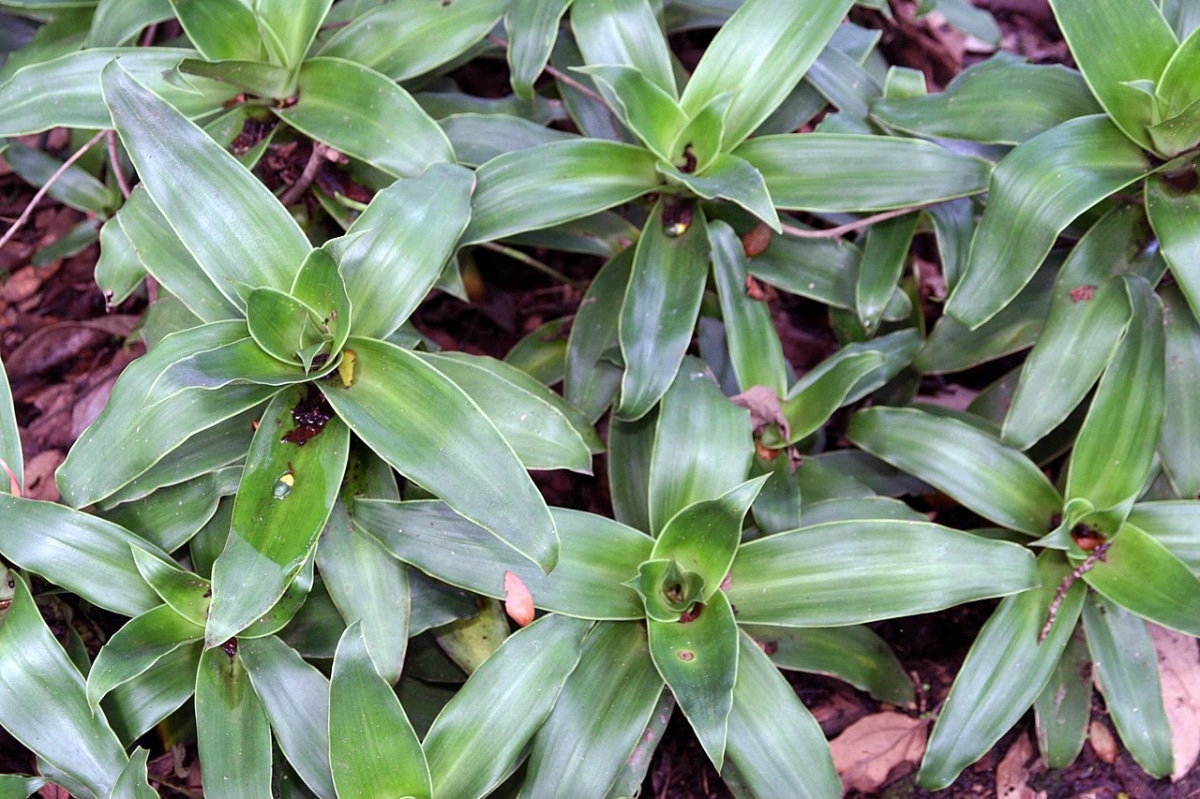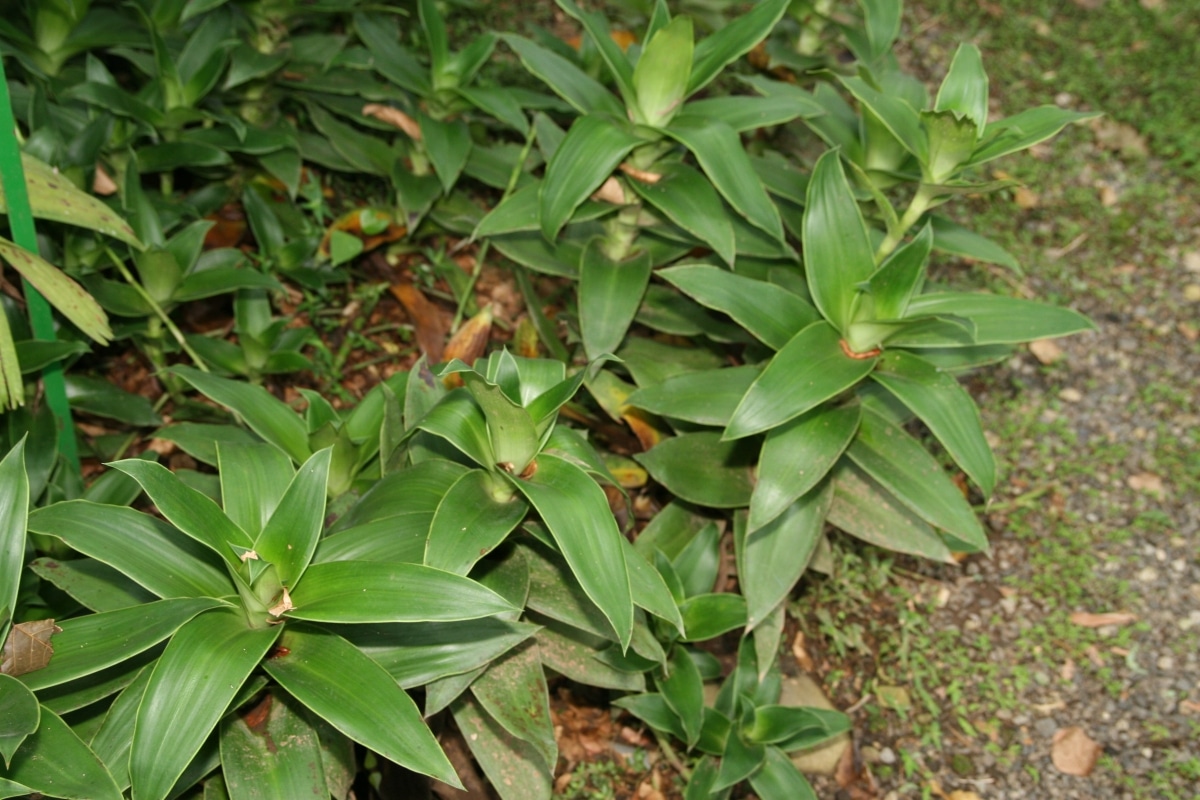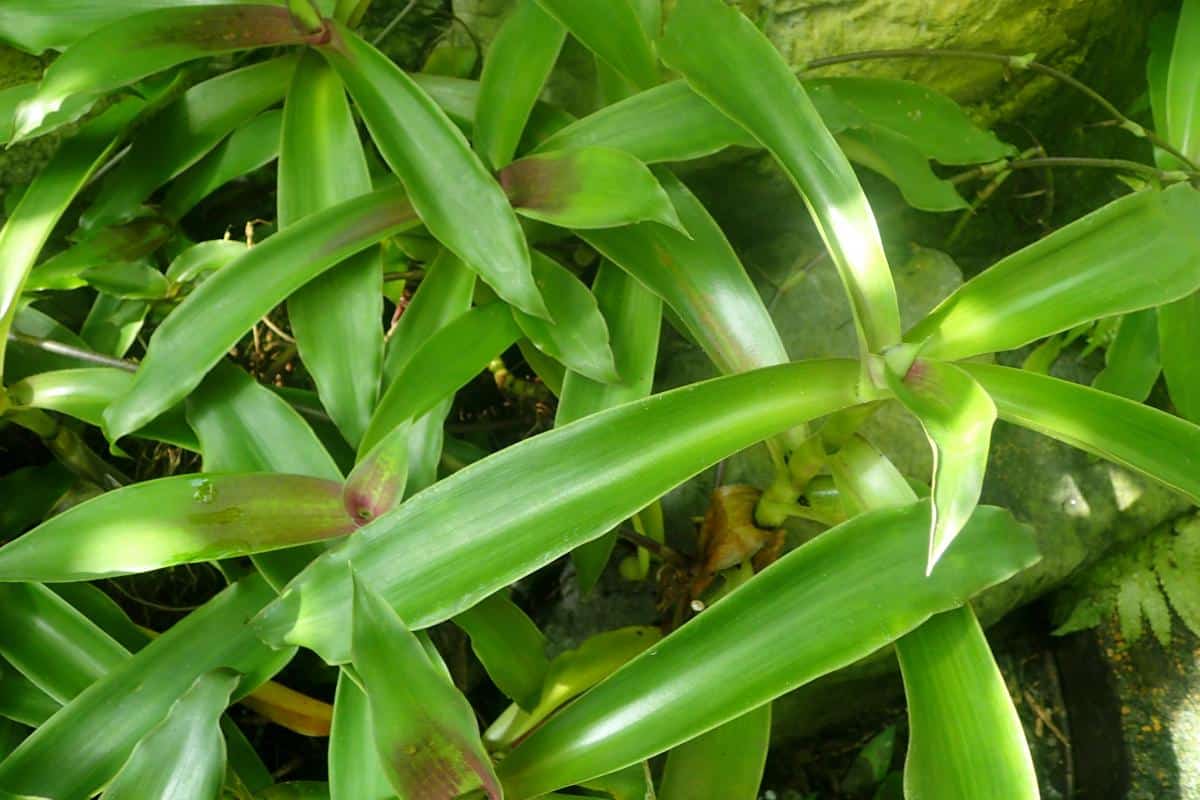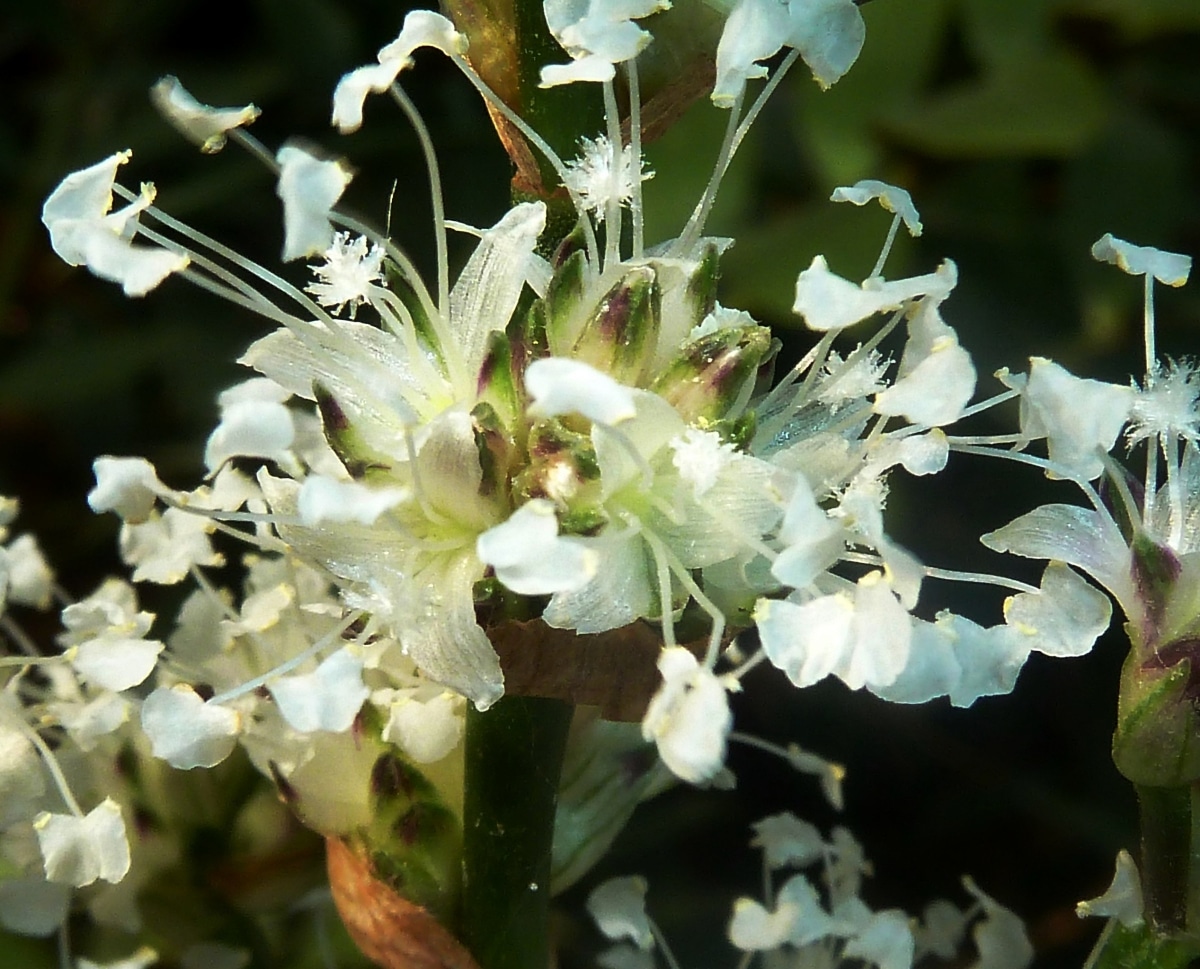
Image - Wikimedia / David J. Stang
La callisia fragrans It is a relatively small plant, which you can well have in those pots that are wider than they are tall. It also looks beautiful in the garden, but for this it is essential that in the place where it is grown there are no frosts, since it does not support them.
Although it could pass as any species, it must be said that your flowers are very, very pretty; and not only that, but it is an herb with medicinal properties of great interest.
Where is it originally from?

Image - Wikimedia / David J. Stang
It is a perennial herb endemic to Mexico which has become naturalized in the East Indies. The callisia fragrans It is a plant that needs heat to grow, and of course also to bloom, so in climates where there are frosts, it must be kept indoors so that it does not have a bad time.
Likewise, it is important that you know that although it requires a lot of light, it can be filtered. In other words: it is a herb that can be in the shade, or in direct sun. Yes indeed, keep in mind that if you choose to expose it to the light of the king star, you will see that its leaves acquire a purple hue especially in summer.
What are the characteristics of the callisia fragrans?
We are talking about a plant that lives for several years, with a maximum height of 1 meter. The leaves grow in rosettes, and are lanceolate, pointed, and shiny green. Its flowers sprout in erect inflorescences, are white and very fragrant, which is why the species has the surname fragrances.
Its root system is relatively short and superficial, so it can be kept in a pot throughout its life without problems. But yeah will need one or two transplants so that it can continue to grow.
How do you take care of yourself?
If you want to know the care of the callisia fragrans, now we are going to explain them to you so that, in this way, you are clear about how to maintain it:
Should it be indoors or outdoors?
It is a very chilly herb. As soon as the temperature drops below 15ºC, he begins to have a bad time. For this reason, in places where the climate is temperate, it is considered an indoor plant, since there is no other choice but to keep it inside the house or in the greenhouse if we want it to have a chance of overcoming the winter.
However what can also be done is to enjoy it in the patio or on the terrace while the weather is good, that is, while temperatures remain between 15 and 35ºC, and bring it indoors when it starts to cool down.
Light or shadow?

Image - Wikimedia / Krzysztof Ziarnek, Kenraiz
As we have mentioned a little above, It has to be in a place where there is a lot of clarity. It can be exposed to direct sun, but also in shade as long as there is natural light. Just keep in mind that if you want its leaves to look green, they will need to be protected from direct sun; In the event that, on the contrary, you want to acquire violet tones, then you will have to expose them to direct light.
When do you have to water it?
Regarding irrigation, it should be borne in mind that it is not a plant that has to be watered frequently, but neither should the soil be left dry for days. What I mean by this is that water will be poured when touching the earth feels rather dry, or if when inserting a wooden stick, if when removing it we see that it comes out clean.
You have to wet the earth, until it is well soaked. If the plant is in a pot, we will pour until the liquid comes out through the holes in it.
When should it be paid?
You have to pay the callisia fragrans from mid-spring until it starts to cool in late summer or early fall. For this purpose, we can use fertilizers, or fertilizers. The former are natural, while the latter are chemical.
For example, we can use these:
- Travel Pass: guano, earthworm humus that you can buy here, compost, manure from herbivorous animals, mulch.
- Fertilizers: universal as this or for green plants like this.
In any case, do not mix them; that is, one month will be used, and the next another. In addition, the instructions for use must be followed so that the plant does not burn.
At what time should it be transplanted?
We will do it when the weather is good, and if possible before the summer starts. You have to see if the roots come out of the holes in the pot because if not, then it will be better to wait a bit before planting it in a larger one or in the garden.
You have to put a quality substrate, such as the universal one of some well-known brands such as Flower o No products found.. It will also serve coconut fiber, or mulch if mixed with 30% perlite.
How to reproduce callisia fragrans?
It is an herb that sometimes multiplies by seed, but is done more by cuttings in spring. The latter simply have to be picked in the spring and put in a glass of water until they take root.
What medicinal properties does it have?

Image - Wikimedia / JMK
Leaf extract is used for its antibiotic properties (antiviral and antimicrobial to be more exact). It is also used to improve dental and joint health, but as always, we recommend contacting a healthcare professional before starting any treatment.
To finish, tell you that it is not a plant that has problems with pests or diseases, but remember to protect it from low temperatures.